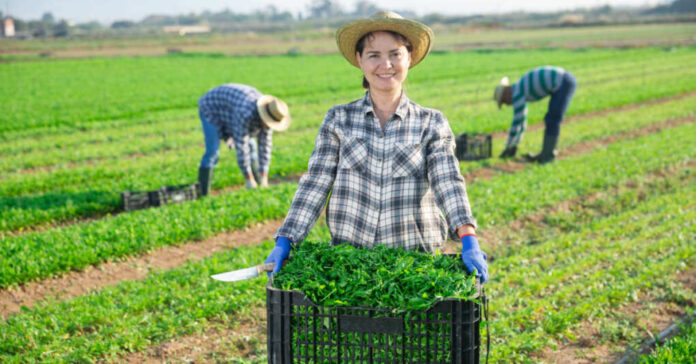
For many Americans, the problem of not eating healthily is a matter of needing to get better access to healthy food. While a lack of American farmers is a massive problem, it’s the barriers to entry that present the biggest problem. This is what makes generational farming a long-standing tradition as many medium and larger farms have been passed down for 4+ generations.
Given the costs for later in life for many farmers as they find themselves physically incapable of keeping up, many are forced to sell their farms. With outside interests like the neighboring farms who already know the land, corporate farms, and the Chinese able to make massive offers, it’s only a matter of time until they get forced to sell.
Now the National Young Farmers Coalition wants to make its voice heard. A grassroots movement of 200,000 people is bringing the message to lawmakers as the next Farm Bill is being negotiated. With a five-year spending bill up for discussion, things like conservation, loan, and nutrition programs are all up for negotiation. With grocery aid a hidden component in the bill, the future of these farmers hangs in the balance.
At the core of their mission is the One Million Acres campaign. If successful Congress would make a massive investment in the future of American farming with $1.85 billion going to land programs. Many young or new (under 10 years of experience) farmers are finding land as the biggest problem for becoming a farmer. Payge Solidago is an organizer for the group.
“Over the next decade, a majority of farmland is expected to change hands from this older generation, either into the next generation or into the hands of developers. With land access already being difficult, we’re seeing this as the crucial time and our last chance to ensure that our food system is going to be resilient and sustainable.” A Detroit farmer herself, she has brought sustainable organic farming to a once-vacant lot in the city.
As useable farmland becomes rarer and rarer, the price per acre continues to skyrocket. In just a decade the price has soared from $2,520 an acre to $3,800 across the US. Michigan hasn’t been exempted as there an acre of farmland will set you back $5,850 after jumping 10% between 2021 and 2022.
Per the US Department of Agriculture, the country lost nearly 2,000,000 acres of farmland just in 2022. Add that in with the 11 million lost to urban use and development between 2011 and 2016, and America is just being swallowed up by development. Solidago sees the problems this rampant development can bring for rural America and how hard it is.
“It’s tough because in those cases older farmers are just selling to developers because that’s the only opportunity, they see to get a decent enough price for them to retire. And in my mind, there could be some creative solutions to pass that land on to this next generation.” Solidago’s commitment and proof that farming can even exist in downtown Detroit as living proof that things can be done if we open our eyes and are willing to take a risk.
If they are successful younger farmers might get the right opportunity to prove what they can do and bring the food economy back into the right realm.
Driving across the country now compared to just 10 years ago, things are vastly different. The wind farms are replacing the whistling wheat across the plains. Stockyards in Texas have been replaced by sustainable multi-family high-rise apartments. Rows of tomato plans are now paved over to put up car dealerships. Rural America is not as rural as it used to be.
Watching these farms disappear and become safe havens for people from other countries, and seeing families lose their legacy to afford their golden years is simply disgusting. The liberal government is the one destroying it. It’s time we as Americans collectively tell them “enough” and we start producing more new farmers as a nation.














